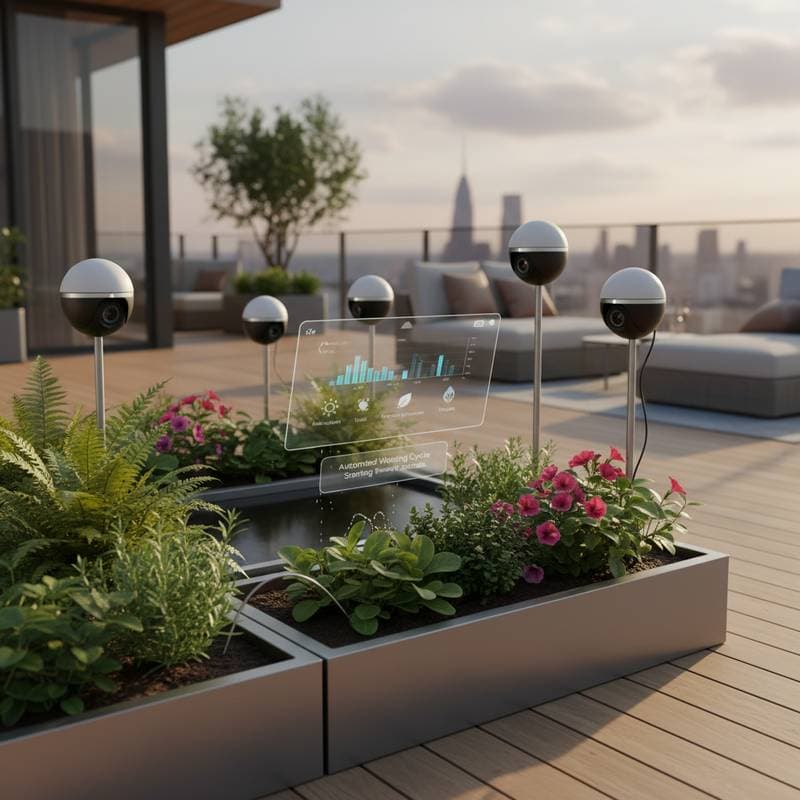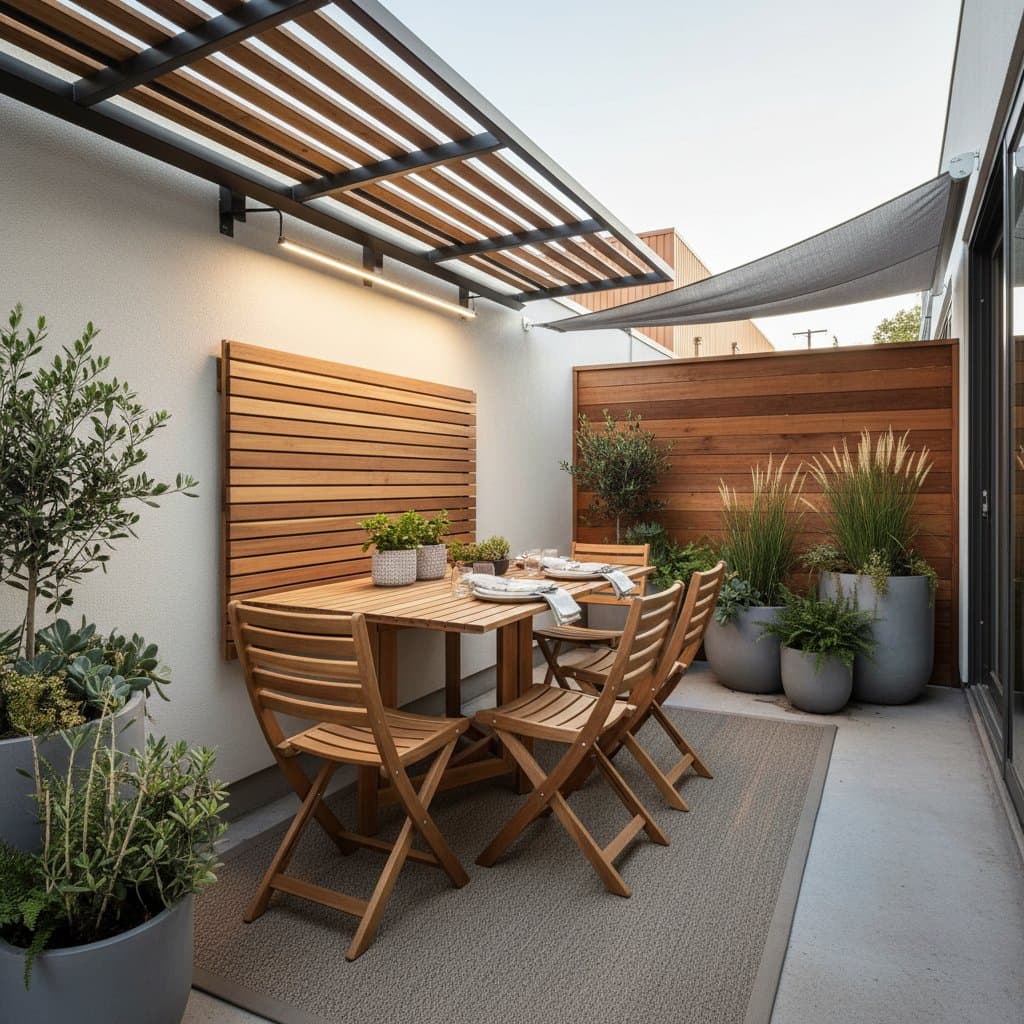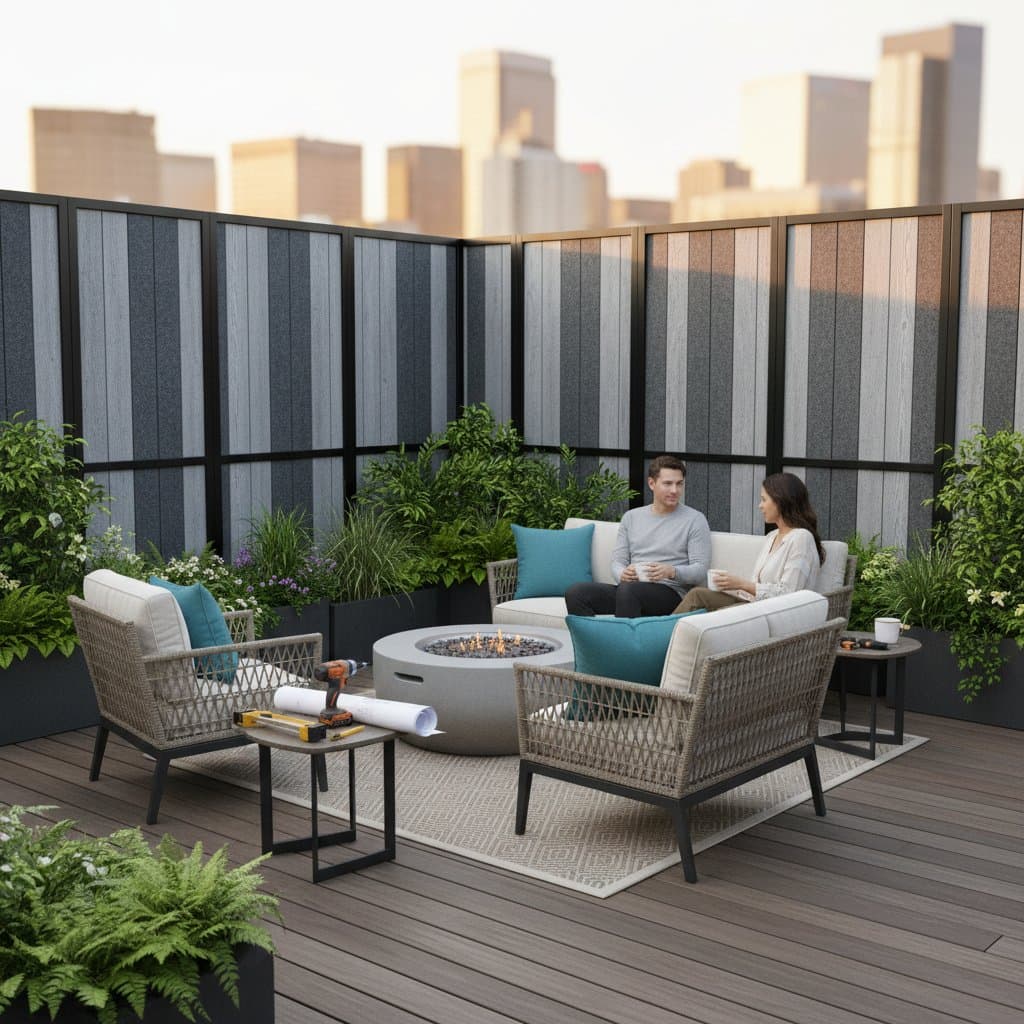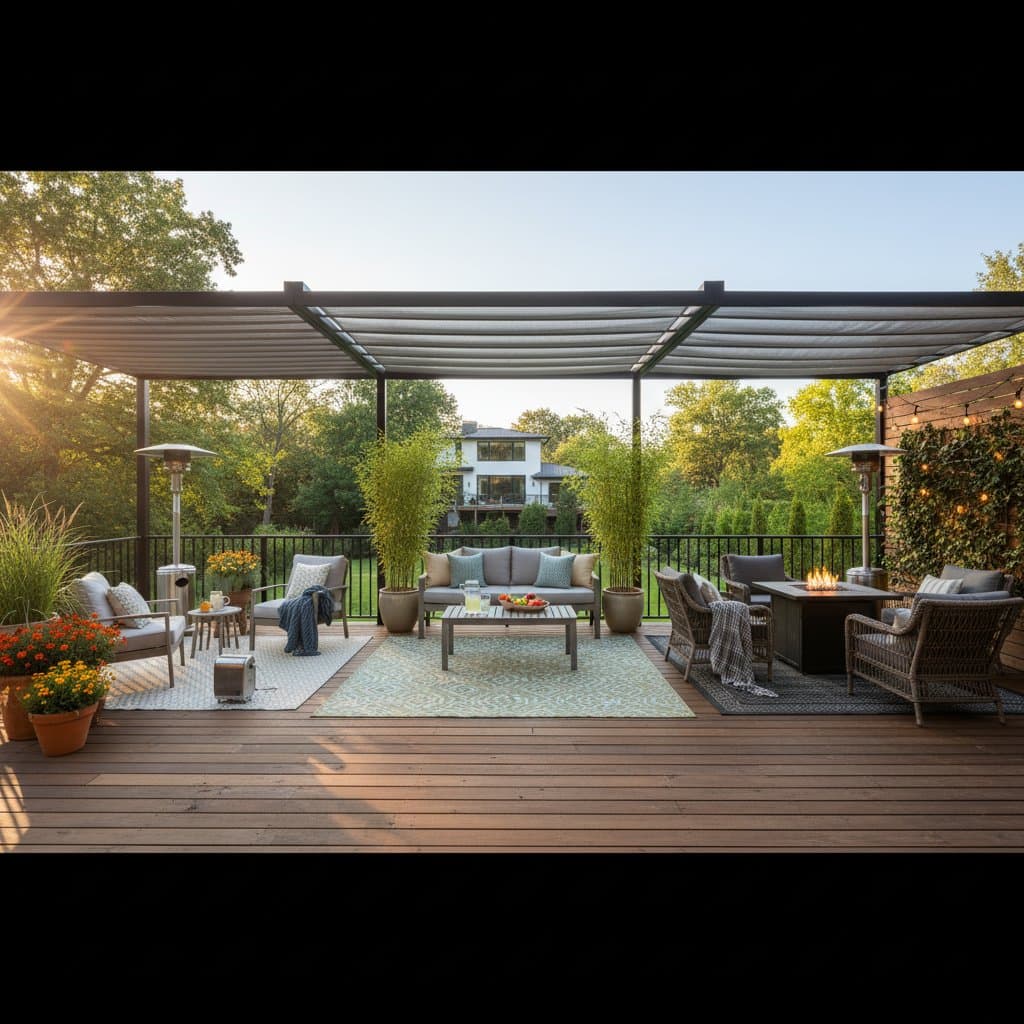Micro-Ponds: Serene Water Features for Urban Decks Under 2 Square Feet
Urban living often means limited outdoor space, yet the desire for tranquility remains strong. A micro-pond offers a compact solution, fitting neatly into less than two square feet while delivering the soothing elements of water, reflection, and gentle movement. This feature integrates seamlessly into balconies, small decks, or even stable window ledges, providing daily access to nature's calming influence.
The design emphasizes portability and simplicity, allowing residents in bustling cities like New York to create a personal oasis without major renovations. Benefits extend beyond aesthetics: the subtle trickle of water reduces ambient noise, promotes relaxation, and slightly cools surrounding air through evaporation. Over time, this small addition fosters a deeper connection to the natural world amid concrete surroundings.
Understanding Micro-Ponds
A micro-pond consists of a shallow, watertight container filled with water, supporting aquatic plants and optional circulation elements like a pump. Unlike larger garden ponds, it requires minimal space and resources, making it ideal for apartment dwellers or those with weight restrictions on balconies. The shallow depth, typically eight inches, prevents stagnation while enabling easy oversight.
Placement options include sunny or partially shaded spots, provided the surface beneath can bear the weight of water and materials, which totals around 40 pounds when full. Stability ensures safety, especially in windy urban environments. For enhanced enjoyment, position the pond near seating areas where the water's gentle sounds can accompany reading or reflection.
Environmental advantages include supporting local pollinators through selected plants and improving air quality via natural filtration. In summer, it acts as a humidifier; in cooler months, it adds visual interest without demanding excessive care.
Essential Tools and Materials
Gather these items to assemble your micro-pond:
- A durable container measuring 12 to 18 inches in diameter and at least 8 inches deep, crafted from ceramic, fiberglass, or thick plastic to withstand outdoor conditions.
- A submersible pump rated below 50 gallons per hour to create subtle circulation without overwhelming the small volume.
- Approximately 5 pounds of smooth river stones or pea gravel for the base layer, providing stability and an attractive substrate.
- Two to three hardy aquatic plants, such as dwarf water lettuce for floating coverage or miniature rush for vertical interest.
- Optional additions: a solar-powered light for evening ambiance or a floating candle holder for safe, decorative illumination.
Select materials with weather resistance in mind. Ceramic offers elegance but requires winter draining to avoid cracking; plastic provides lightweight versatility. Source plants from local nurseries to ensure they thrive in your climate zone.
Building Your Micro-Pond: Step-by-Step Guide
Step 1: Select and Prepare the Location
Identify a level surface capable of supporting at least 40 pounds, such as a reinforced deck plank or balcony floor. Verify proximity to an electrical outlet if incorporating a pump, and ensure the spot receives four to six hours of indirect sunlight daily to support plant health without excessive algae growth.
Step 2: Establish the Foundation
Rinse the gravel thoroughly under running water to eliminate dust and debris. Layer one inch of stones at the container's bottom. This base anchors the setup, facilitates minor drainage, and prevents plant roots from direct contact with the vessel.
Step 3: Introduce the Water
Fill the container to three-quarters capacity using room-temperature tap water. Allow it to sit for 24 hours beforehand, permitting chlorine to evaporate and creating a hospitable environment for aquatic life. For optimal clarity, consider dechlorinating agents available at garden stores.
Step 4: Install the Circulation Pump
Submerge the pump beneath a layer of stones, positioning its outlet to direct flow gently across the surface. Route the power cord along the container's edge, securing it with clips or ties to avoid hazards. Test the connection on a ground-fault circuit interrupter outlet for electrical safety.
Step 5: Integrate the Plants
Elevate plant pots using small bricks or risers so foliage emerges above the water line, mimicking natural pond layering. Trim excessively long roots with clean shears to fit the space neatly, promoting healthy growth without overcrowding.
Step 6: Final Testing and Refinements
Activate the pump and observe the water movement, adjusting the flow rate to produce a soft ripple rather than vigorous splashing. Monitor for leaks or imbalances, adding or removing stones as needed to achieve equilibrium.
Essential Safety Considerations
Prioritize protection by using only ground-fault circuit interrupter outlets for any electrical components, reducing shock risks in wet conditions. Supervise children and pets around the pond to prevent ingestion of potentially contaminated water. After rainfall, inspect for shifts in position due to added moisture weight, repositioning as necessary to maintain stability.
In high-rise settings, secure the container against gusts with non-slip pads or low-profile anchors. Avoid placement near edges where tipping could occur.
Common Issues and Solutions
Cloudy water often results from accumulated debris; skim the surface regularly and perform partial water changes, replacing one-third of the volume with fresh supply. Algae buildup signals excess light exposure; relocate to shadier areas and introduce more floating plants to shade the water column.
Should the pump operate noisily without circulation, disassemble and clean the intake filter under lukewarm water. Persistent problems may indicate a clogged impeller; consult the manufacturer's guidelines for deeper maintenance.
Seasonal Maintenance and Storage
Weekly inspections involve topping off evaporated water to maintain levels, using a watering can for precision. Quarterly deep cleans entail removing plants temporarily, rinsing the container and stones with mild soap, and refilling. During winter, drain the pond completely, store the pump in a dry indoor space, and shelter the container to guard against freeze damage.
In milder climates, hardy plants may overwinter if insulated, but monitor for ice formation that could harm roots.
Cost Breakdown and Time Investment
Initial setup costs range from 40 to 90 dollars, varying with container quality and plant selections. Basic assemblies using household items fall toward the lower end, while premium pumps or imported plants increase expenses. Construction requires approximately one hour, spread across preparation and testing phases.
Ongoing maintenance demands about 10 minutes weekly, focusing on observation and minor adjustments, ensuring long-term enjoyment with minimal effort.
Bringing Your Micro-Pond to Life
Begin with an existing bowl or planter from your home, layering in stones, water, and a single plant to experience immediate transformation. As the ripples form and plants establish, observe how this compact feature elevates your urban deck into a restorative haven, inviting moments of quiet reflection amid city rhythms.





